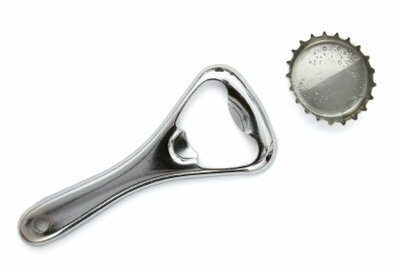The law of leverage simply explained
You have certainly used the effect of a lever in everyday life, for example when using a wrench or a nutcracker, or when transporting loads with a wheelbarrow. In these cases, you apply the law of leverage intuitively by touching these objects in such a way that you need as little force as possible for your project.

What a lever is
- To understand the law of leverage, you should first clarify what a lever is and what types there are. A lever is a rigid body that can be moved around a fulcrum. There are two-sided and one-sided levers.
- With the two-sided lever, the pivot point is between the two ends of the lever. Imagine a seesaw for children. This is a typical example of a two-way lever. Here the pivot point is in the middle. The two sections of the seesaw to the left and right of the pivot point are called power arms. With the two-sided lever, the acting forces have the same direction. In the case of the seesaw, these are the downward weight of the people sitting on it.
- You use a one-sided lever when you remove a crown cap with a bottle opener. This is where the pivot point is at the front tip of the bottle opener. A power arm extends from this point to where you grip the bottle opener. The other power arm also extends from the tip to the point where the bottle cap is lifted. With a one-sided lever, the forces acting on one side of the lever act in opposite directions.
The law of leverage and its practical application
- The law of leverage applies to both bilateral and unilateral levers. It says that a lever is in equilibrium when the sum of all points in one direction Torques acting on the lever equal to the sum of all those directed in the opposite direction Torques is. You can calculate the torques by multiplying the applied force by the length of the associated force arm.
- The condition for the lever law is that all forces act perpendicular to the lever arm. If forces act at an angle, determine the distance between the pivot point and the line of action the force on a line that passes through the fulcrum and perpendicular to the line of action of the force stands. You then regard this distance as the length of the lever arm.
- If you assume two acting forces, you can write the law of leverage as a formula: F1∙ l1= F2∙ l2, where F stands for the force and l for the length of the force arm. In this case, the resulting torques act in opposite directions.
- From this formula you can see that it is not just the force that matters when you are using want to lift a load with a lever, for example, but also the length of the power arm and the Load arm.
- You are sure to know examples from practice where the effect of a force is increased with the aid of this knowledge. If you are using a wrench, hold it as far away from the screw as possible. When transporting loads with the wheelbarrow, store them as close as possible to the bike. This will lengthen the force arm and shorten the load arm. Even with press or brake levers, you can achieve a great effect with a comparatively small amount of force.
- Conversely, you can also weaken the effect of a large force by shortening the force arm or lengthening the load arm.
Levers on the bicycle - examples
You can think of bicycles as a practical application of the laws of leverage. Barely …
How helpful do you find this article?


